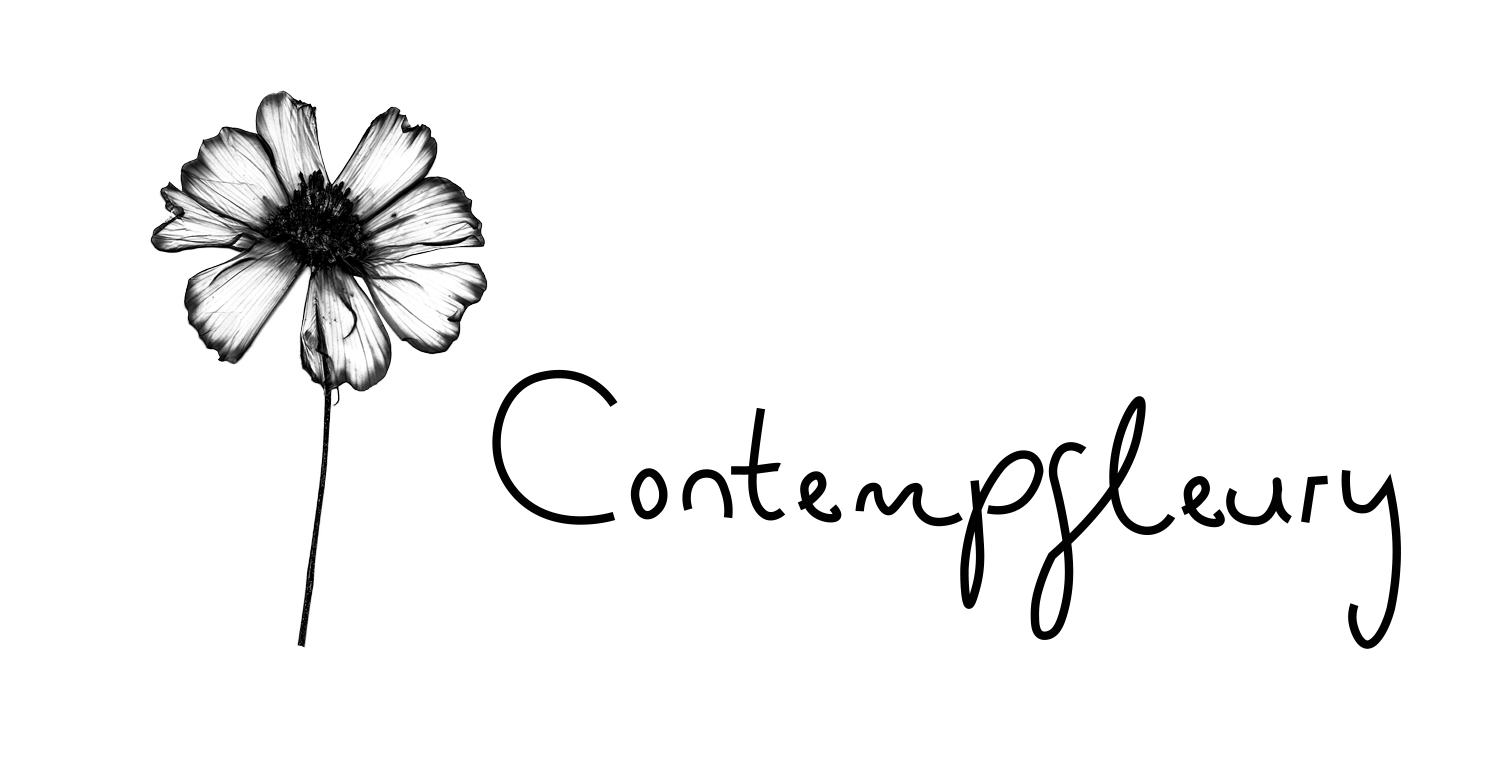Hand embroidery isn’t just beautiful on fabric; it adds an unexpected surface texture when worked into paper. Here I discuss one freehand embroidery technique, darning stitch and how it is stitched into a bespoke floral paper, printed using the giclee printing method. Explore other paper types in the post ‘How To- Embroidering On Paper.’ These two posts combined are the ultimate guide to stitching on paper.

Stitching On Paper
I began stitching on paper to create pressed flower artwork a couple of years ago and became utterly obsessed. To make this artwork, I used simple stitches to fill in the outline of a vase shape by hand.

Embroidery Materials
For paper embroidery, a darning needle is my tool of choice. Its length allows for a good grip, making the process of stitching much faster. The wool I’ve used is a 4 ply silk and super kid mohair blend from Rowan Yarns. It is much easier to stitch with fluffy wool into paper than into fabrics and I love the contrast of materials.
Bespoke Floral Paper
The paper used here is a 245 gms fine art paper, which is perfect for stitching due to its softer fibres. To make it even more unique, I’ve digitally printed an exquisite image of a pressed poppy from my garden onto the paper before beginning my embroidery.

Prep Work
Before starting my stitching, I create an outline of a vase/ urn shape faintly with a pencil. Because the stem of my flower would be running through the centre of the urn, I decided to leave an organic border around the stem, which would have no embroidery. I didn’t draw this line on paper; I worked by eye to keep it more fluid. I also made one handle of the urn larger than the other to give it a contemporary feel! Likewise, I allowed the poppy to dwarf the size of the pot, taking inspiration from the seventeen-century botanist George Clifford. Clifford displayed these pressed flowers in tiny cut-out paper urns and vases.
Darning Stitch
To give an understanding of how I’m working on this piece below, here is an example of how darning stitch:
Stitch vertical strands of wool evenly spaced from top to bottom of a shape.

Stitch through the side of the shape and weave the horizontal wool under and over.

Continue until the shape you want to fill is complete, before piercing through to the back of the paper to finish.

How To – Stitching The Artwork
I had to think about how to begin stitching this piece, as I wanted to use a darning stitch that would work with the curves of the urn shape. The top left-hand rim of the urn was where I decided.

I needed a point of reference to begin darning from, so I used a ruler to mark out the first two holes I would stitch an equal distance from the stem. From there on, it would all be by eye.

Once I’d finished the top lip of the urn, I decided to shape the first edge of the urn. To do this, instead of stitching my vertical strands at the top and bottom of my paper, I only fixed them at the top and kept them loose at the bottom. I used the faint pencil lines on my urn to guide the positions of the horizontal threads. As I stitched, the lines allowed me to shape the embroidery into a curve on the paper. Once complete, I sewed the bottom of the vertical strands into the piece.
From here, I continued with straight woven sections in the middle of the design and shaped woven edges and handles. Stitching on paper with fluffy wool gets tricky, but drawing the thread through the paper slowly helps. However, the soft lines the kid silk mohair creates far outweigh the inconvenience of stitching slowly. The photo below shows the vertical lines in the centre of the urn before weaving.

Conclusion
I loved stitching on paper to create the shape of the urn. The result was a soft, sophisticated silhouette that complimented the detail and beauty of the pressed pink poppy. The darning stitch was a perfect technique for shaping my pot; the construction method reminded me of fully fashioning knitwear in my university years. This piece is my version of fully fashioned embroidery!

Other Useful Resources
Paper Embroidery Stitch Tutorials
Want to learn embroidery stitches that look beautiful when stitched into paper? Below are links to my step-by-step tutorials:
Backstitch
Learn backstitch, a basic outline stitch perfect for creating shapes on paper.
Rose Stitch
Master a 3D rose stitch in paper. This stitch is also called and referred to by their names like a woven wheel stitch, wagon wheel stitch, spider stitch, and many more names.
More On Embroidery
Stitching into paper has many therapeutic benefits besides being good fun. That’s probably one of the reasons that it’s a craft that has survived from ancient times.
Don’t Miss a Thing
Follow me on Etsy, Instagram & Pinterest for inspiring and creative updates.
Contempfleury
Contempfleury is the studio of artist Leah Nikolaou. Trained in Constructed Textiles at The Royal College Of Art in London, Leah has a wide collection of embroidery stitched into paper. Be inspired by her pressed flower art collection, which showcases her skill for hand stitching on paper.


